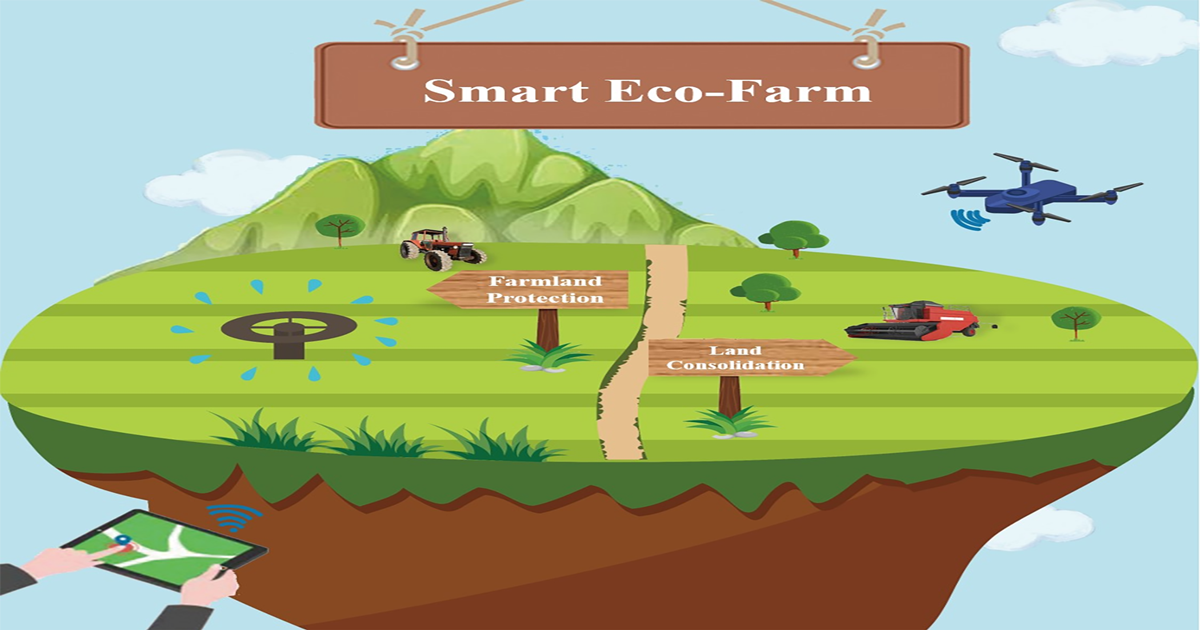Sustainable Land Management Through Remote Sensing and Data Assimilation Technologies
A special issue of Applied Sciences (ISSN 2076-3417). This special issue belongs to the section "Agricultural Science and Technology".
Deadline for manuscript submissions: 20 May 2026 | Viewed by 4500

Special Issue Editors
Interests: cultivated land protection; land use; land consolidation
Special Issue Information
Dear Colleagues,
The Special Issue focuses on sustainable land management, encompassing key areas such as farmland protection and land consolidation. Farmland protection and land consolidation are the dual pillars of ensuring food security and ecological environment health. Farmland protection is carried out by preventing the reduction and degradation of farmland resources, as well as maintaining the foundation of national food production. Land consolidation, on the other hand, enhances agricultural productivity and sustainability by optimizing land use structure, improving soil quality, and improving agricultural infrastructure. The rapid development of remote sensing technology and data assimilation methods provides more accurate decision support for farmland protection and land consolidation. This Special Issue aims to explore frontier research and practical applications in the areas of remote sensing, data assimilation, and their roles in farmland protection and land consolidation.
Key areas of interest include, but are not limited to, remote sensing techniques for farmland monitoring, the integration of multispectral and hyperspectral data, precision agriculture, land consolidation strategies, soil and water resource management, climate impact modeling, and the development of decision support systems based on data assimilation. Research focused on novel methods for integrating satellite and unmanned aerial vehicle data, AI-driven analytics, and the optimization of agricultural practices will also be considered.
This Special Issue will publish high-quality, original research papers in the overlapping fields of the following:
- Remote sensing for agriculture;
- Data assimilation techniques in land management;
- Precision agriculture;
- Farmland monitoring and evaluation;
- Land consolidation technologies;
- Soil and water conservation;
- Climate modeling and its impact on agriculture;
- Decision support systems for farmland management;
- Construction and evaluation of well-facilitated farmland;
- Farmland ecosystem;
- Development of reserved land resources for cultivation;
- Marginal land development.
Dr. Huaizhi Tang
Prof. Dr. Yongzhong Tan
Guest Editors
Manuscript Submission Information
Manuscripts should be submitted online at www.mdpi.com by registering and logging in to this website. Once you are registered, click here to go to the submission form. Manuscripts can be submitted until the deadline. All submissions that pass pre-check are peer-reviewed. Accepted papers will be published continuously in the journal (as soon as accepted) and will be listed together on the special issue website. Research articles, review articles as well as short communications are invited. For planned papers, a title and short abstract (about 100 words) can be sent to the Editorial Office for announcement on this website.
Submitted manuscripts should not have been published previously, nor be under consideration for publication elsewhere (except conference proceedings papers). All manuscripts are thoroughly refereed through a single-blind peer-review process. A guide for authors and other relevant information for submission of manuscripts is available on the Instructions for Authors page. Applied Sciences is an international peer-reviewed open access semimonthly journal published by MDPI.
Please visit the Instructions for Authors page before submitting a manuscript. The Article Processing Charge (APC) for publication in this open access journal is 2400 CHF (Swiss Francs). Submitted papers should be well formatted and use good English. Authors may use MDPI's English editing service prior to publication or during author revisions.
Keywords
- remote sensing
- data assimilation
- cultivated land protection
- land use
- land consolidation
- well-facilitated farmland
- precision agriculture
- cultivated land reserve resources
- multispectral imaging
- hyperspectral data
- satellite data integration
- agricultural monitoring
- sustainable land management
- multisource data
Benefits of Publishing in a Special Issue
- Ease of navigation: Grouping papers by topic helps scholars navigate broad scope journals more efficiently.
- Greater discoverability: Special Issues support the reach and impact of scientific research. Articles in Special Issues are more discoverable and cited more frequently.
- Expansion of research network: Special Issues facilitate connections among authors, fostering scientific collaborations.
- External promotion: Articles in Special Issues are often promoted through the journal's social media, increasing their visibility.
- Reprint: MDPI Books provides the opportunity to republish successful Special Issues in book format, both online and in print.
Further information on MDPI's Special Issue policies can be found here.





